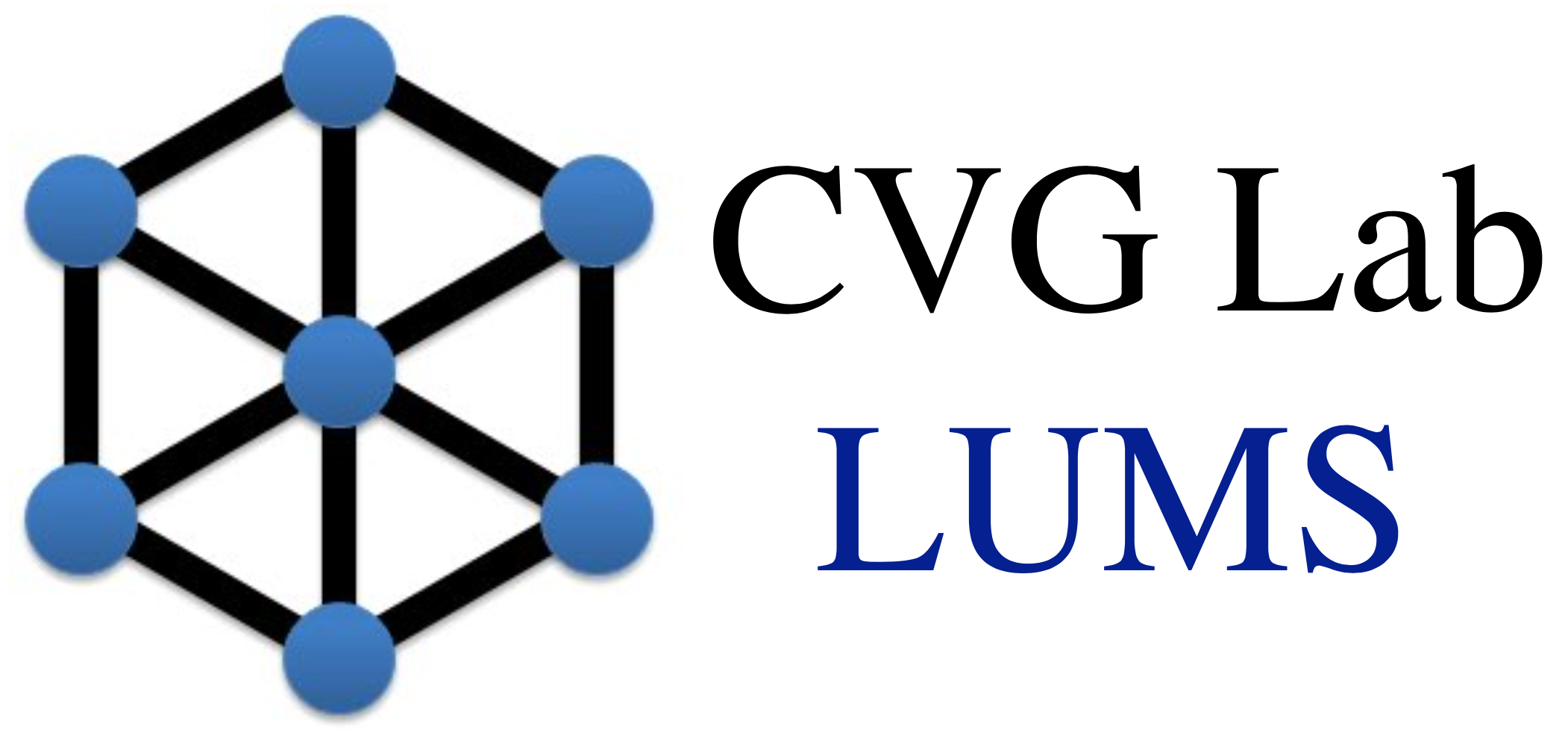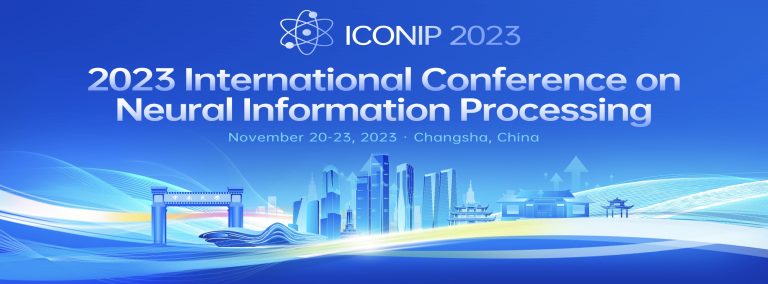Summer Internships 2019

Content Based Image Retrieval Using Hand Crafted Features
Asim Waheed, Khawaja Umair Ul Hassan
The project involved solving the Cross-View image matching problem between Satellite view images and Street view images. Many hand-crafted features were calculated, such as Histogram, HOG, Bag of Visual Words and VLAD using SIFT and SURF descriptors. The compiled features would be used to measure the efficiency of Cross-view image matching framework.
Measurement Of Water Contamination Using Semantic Segmentation
Fezan Rasool
This project aimed to devise a system that would gauge the level of contamination of a water channel using a video feed with appreciable accuracy. Semantic segmentation architectures were trained on a inhouse dataset to extract the garbage from the flowing streams.
Trash Detection On Water Channels
Mohammad Maaz
The problem revolves around the prevalence of garbage in the water channels. This project aimed to devise a system that would gauge the level of contamination of a water channel using a video feed with appreciable accuracy. Semantic object detection architectures such as SSD, R-CNN, and YOLO were trained on a dataset of 3500 images with mixed results.
TB Progression Classification using X-rays and CT Scout Images of Monkeys
Shiza Ali, Aleena Azam
Initially, we looked into several techniques that can be applied in the field of biomedical image segmentation and deep learning courses. We then moved on to testing a model trained on the ChestXray 14 database. In short, the model first used a UNET to segment the lungs. Then cropping the segmented lungs (in a bounding box), they fed that to a ChexNet model classifying 14 different thoracic diseases. Heatmaps were generated in order to assess the predictions made by the classifier. We did testing on Gulab Devi hospital data as well as on ChestXray 14.
Medical Image Analysis on X-rays and CT Scans using Generative Models
Inam Ullah Taj
In this study, we aim to analyze how can we generate 3D CT-Scan Slides using 2D X-ray images via various generative approaches of deep learning such as Variational Autoencoders (VAE), Generative Adversarial Networks (GANs) based on Convolutional Networks (CNNs). The main challenges we have in this study are a limited number of quality dataset and an effective mechanism to successfully transfer style from X-rays to CT-Scans with the highest accuracy possible.
How Well Am I Driving
Muhammad Hamza Madni, Fatima Azhar
We aimed at devising a rating mechanism for the drivers and therefore worked on the automation of data collection and decoding using the Pandas Device from comma.ai and Honda Civic. So far we replicated the Chffr application, that was previously used for data collection, which can now be used to decode live sensor readings and see them visually as well.
Using Deep Learning for Eliminating Bounded Labors of Brick Kilns in South Asia
Syed Usman Samee, Muhammad Shahrukh, Muhammad Mubeen, Maira Abid
We started off with getting hands-on practice with the inception-Resnet-v2 model, the one that was being used for the project at the time. We went through the process of trial and error for a few weeks by modifying the architecture and seeing which one gave the best results. We then moved on to improving the dataset and shifted to the DenseNet model which yielded better results.
3D Pose Estimation
Muhammad Usman Sohail, Moiz Sohail
Cricket bat detection using YOLO in order to detect bats in broadcast videos. This was done by annotating 1000+ images of batsmen holding bats and training a YOLO model using DarkNet. Following this, the future work would involve augmentation of a new joint with the batsman’s body to add a 3D mesh of bat in correct orientation resulting in an end to end estimated recovery of the human pose.
Gamification and animation
Sheikh Ghulam Muhammad Ali, Adeel Ibrahim
The project involved multiple aspects of implementing CGI techniques. 3D modeling, Character rigging using CMU, Photogrammetry of human and non-human subjects, 3D human model using laser scan. Animation part was partially implemented and gamification is successful in terms that we successfully created 3D reusable data.
Scene Classification
Soban Ali
This project aimed to solve the problem of scene classification for autonomous objects in developing countries like Pakistan. I implemented and tested different techniques and architectures on the available data set of both day and night time classes; identified and removed the problems within our approach and prepared an efficient model to solve this problem.







